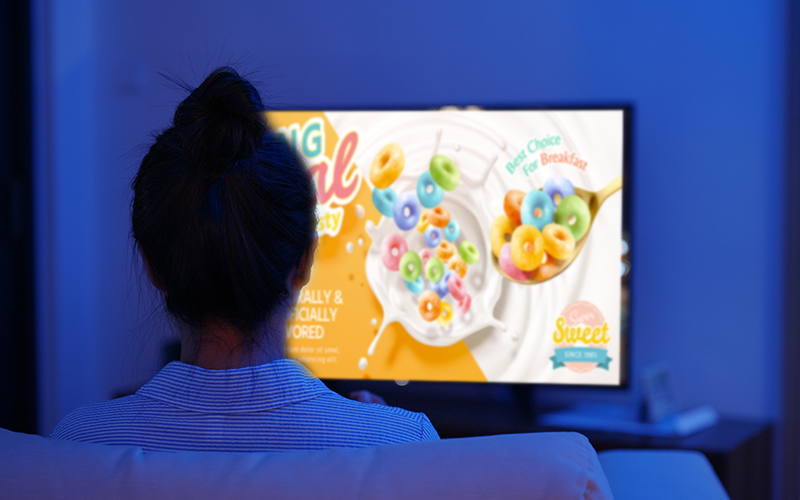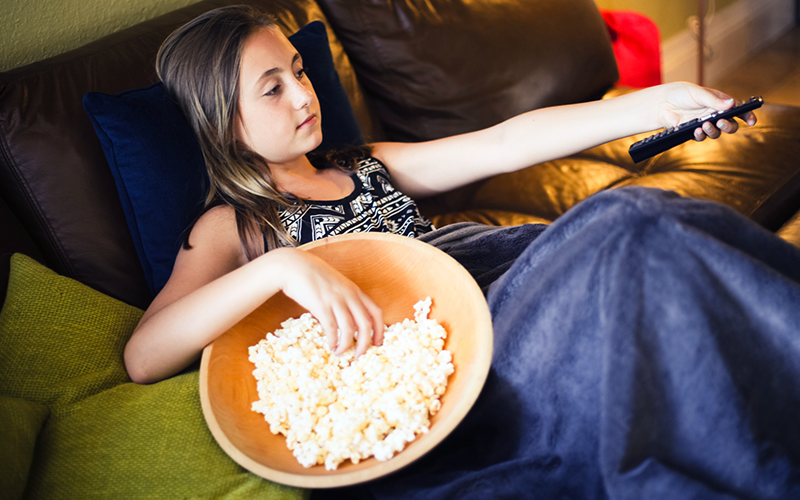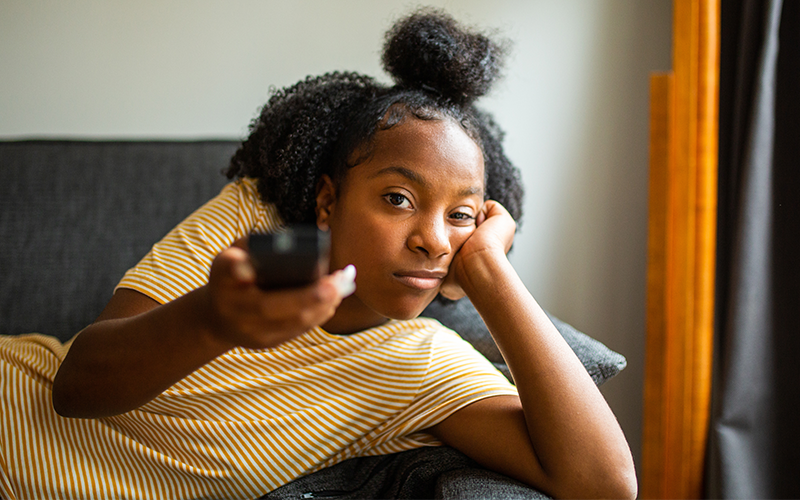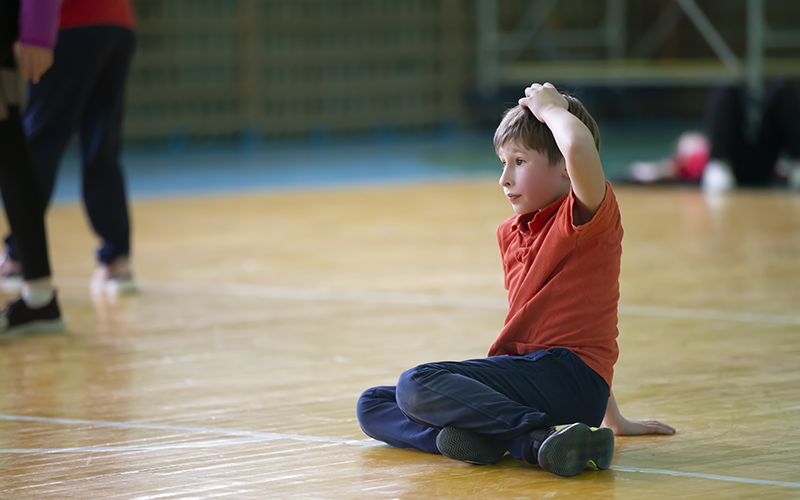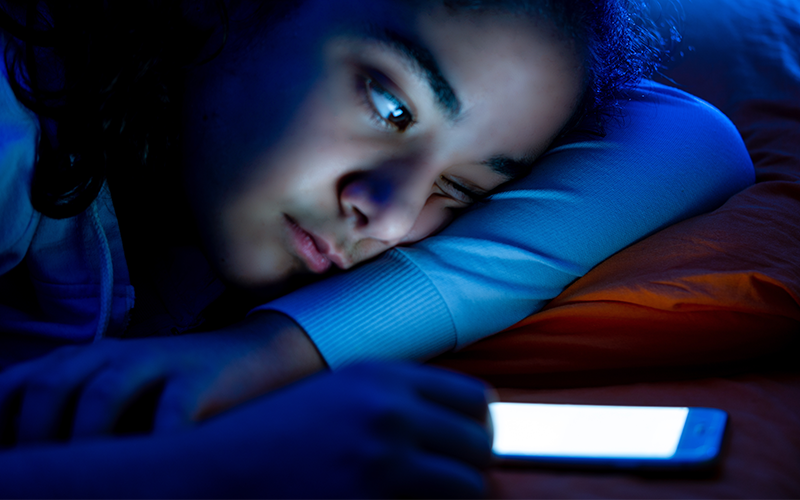Food ads
Food advertisers go to great lengths to market products to children, including through TV commercials, websites, and social media. Many of these foods are high in added sugar and other unhealthy ingredients. And when you watch the ads, you’re more likely to beg your family to buy those things.
